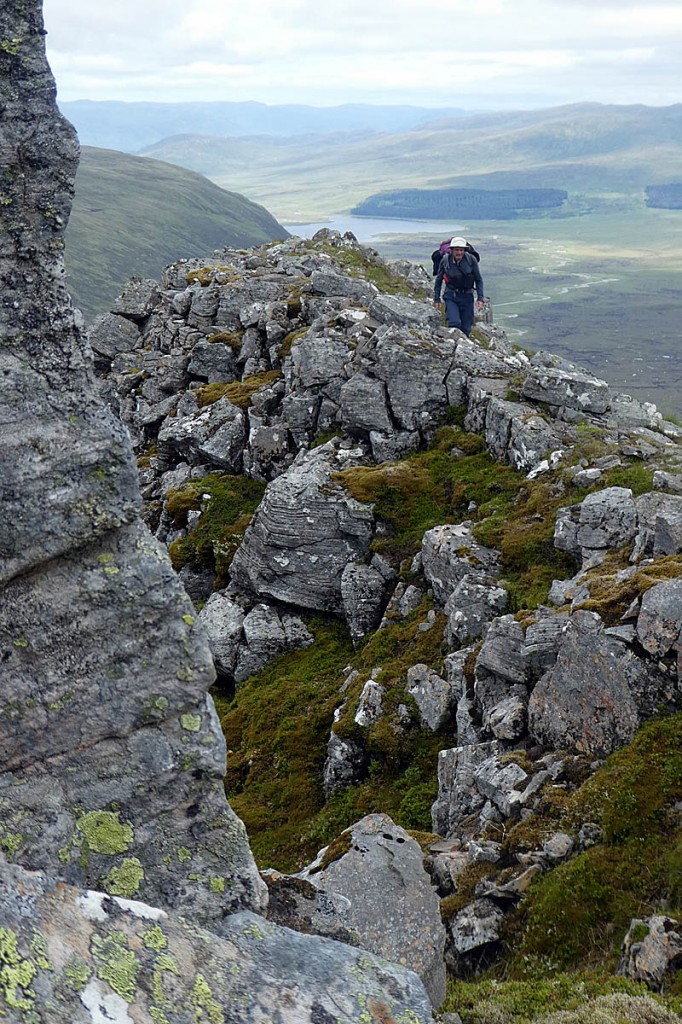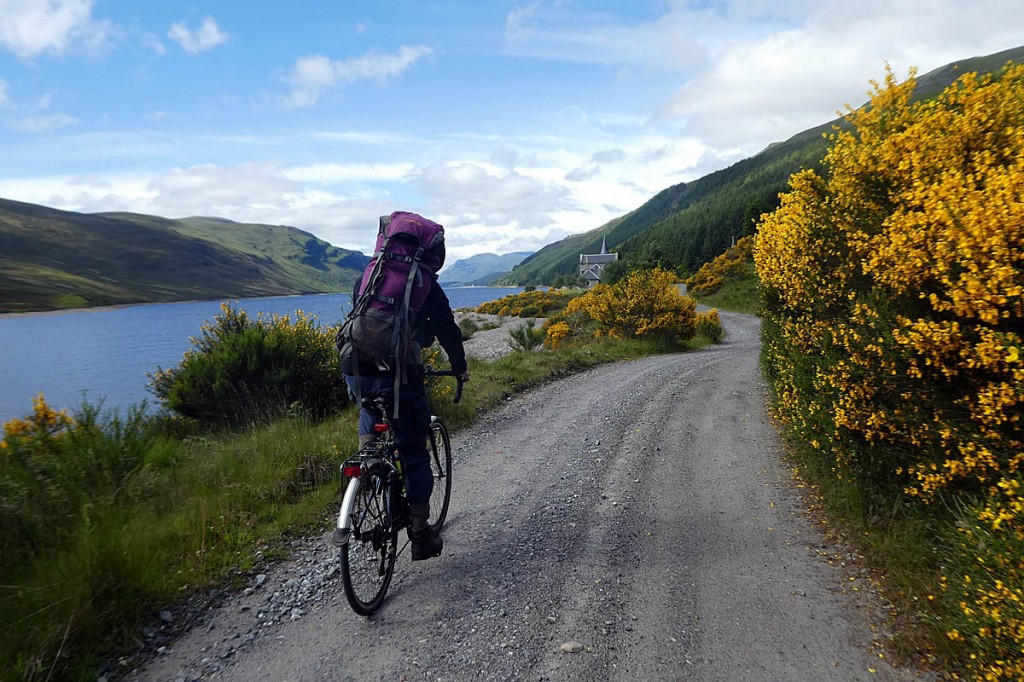A walkers’ charity has accused a rail authority of acting in a high-handed manner after it padlocked a level crossing used by walkers to reach popular hills in the Highlands.
Network Rail locked the crossing at Dalwhinnie at the end of July, leaving outdoors enthusiasts with a diversion of about a mile to use an underpass.
The crossing had enabled walkers and cyclists to access the track alongside Loch Ericht and the munro Ben Alder.
Ramblers Scotland said: “It is our understanding that less than a week’s notice was given to the local community, landowner or the Highland Council of their intention, and they did not inform representative recreation bodies in advance at all.
“This is unacceptable and high-handed behaviour by Network Rail which fails to reflect the wider public interest in the level crossing, nor does it reflect Network Rail’s own pledge to work collaboratively and sensitively with communities living near the railway.
“The track from Dalwhinnie is a historic route leading to Rannoch Moor and linking with the Road to the Isles. The route pre-dates the coming of the railways and has been well used for decades by hillwalkers, cyclists and others heading to the Ben Alder area and beyond.
“Core paths lead up to the railway on either side, showing its regional importance for access. It also links to the local path network on the West of the railway line which has been developed by the local community.
“We recognise that walkers and others will continue to cross at this point by climbing over the gates, thus presumably increasing any safety risk which Network Rail may have used internally to justify closing the crossing.”
The walkers’ charity said the underpass some distance south of the crossing may be a useful alternative for those with bikes, buggies or wheelchairs, or riding a horse, but it expects people will continue to use the crossing with care as it said they have always done, as it has always been a formal facility which enables people to cross the railway line at the location.
It said it believed Network Rail had not taken account of the provisions surrounding right-to-roam laws in Scotland.
“Where access rights apply on land on either side of the railway, the Scottish Outdoor Access Code requires landowners, in this case Network Rail, to take account of such access rights and to facilitate any customary access that is needed to exercise those rights,” it said.
“We understand that vehicular access to the local estate will continue over the crossing so, if this can be achieved safely, it seems obvious to us that non-motorised should also continue for walkers, cyclists and everyone in the local community.
“The private use of motor vehicles by estate owners, employees and visitors provides access to a privileged few, turns the railway into an impenetrable barrier for most people in the nearby village and elsewhere and is contrary to the requirements of Scottish access legislation.
“This leads us to question the basis on which the crossing has been closed. We consider this closure to be disrespectful of the local community and wider public interest and to show a complete misunderstanding of the basis on which access is taken in Scotland.”
Ramblers Scotland said it was working with other recreation bodies and was in contact with Dalwhinnie Community Council, the Cairngorms national park, the Highland Council and the National Access Forum with a view to getting the level crossing reopened as soon as possible.
The Dalwhinnie crossing in on the main Highland rail line between Pitlochry and Inverness, which forms the western boundary of the Cairngorms national park in the area around the village.
Grough contacted Network Rail for a comment but had not received a reply at the time of posting.


Bernie Inn
10 August 2021BOLT CUTTERS.....
Jack
12 August 2021That route significantly pre-dates the railway, so they should be the ones to adjust, not us. Build a new underpass or re-open the gate.
Either way, since it is a historic right of way, the railway's presence across it is irrelevant, so there would be no legal means to prevent people from doing so. While cutting the lock would be property damage, simply climbing it and remaining simultaneously on the route and on the railway should be just as legal as it previously was. The presence of a lock changes nothing.